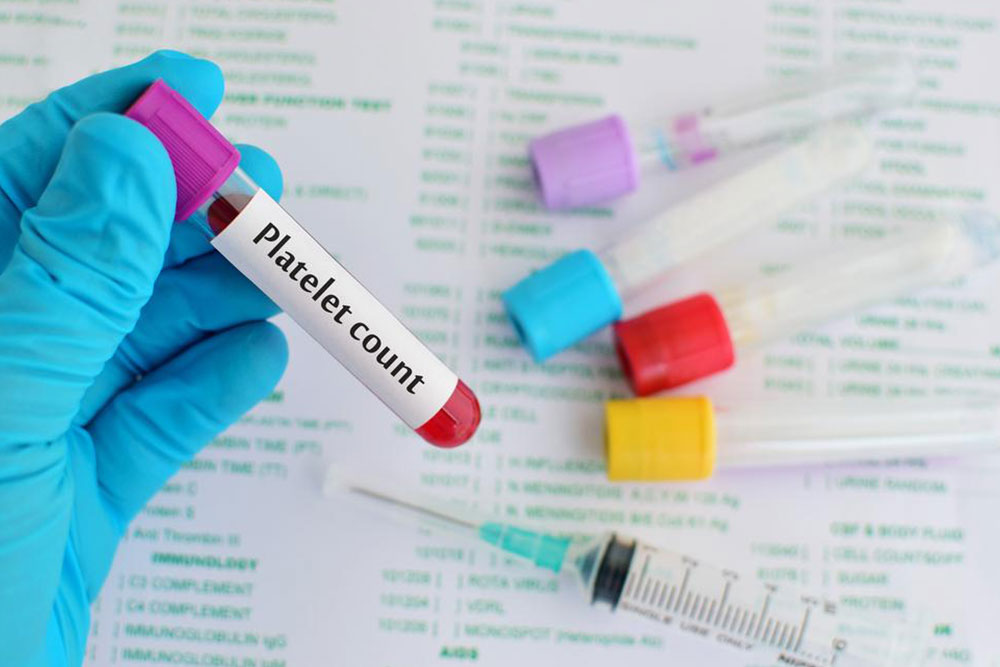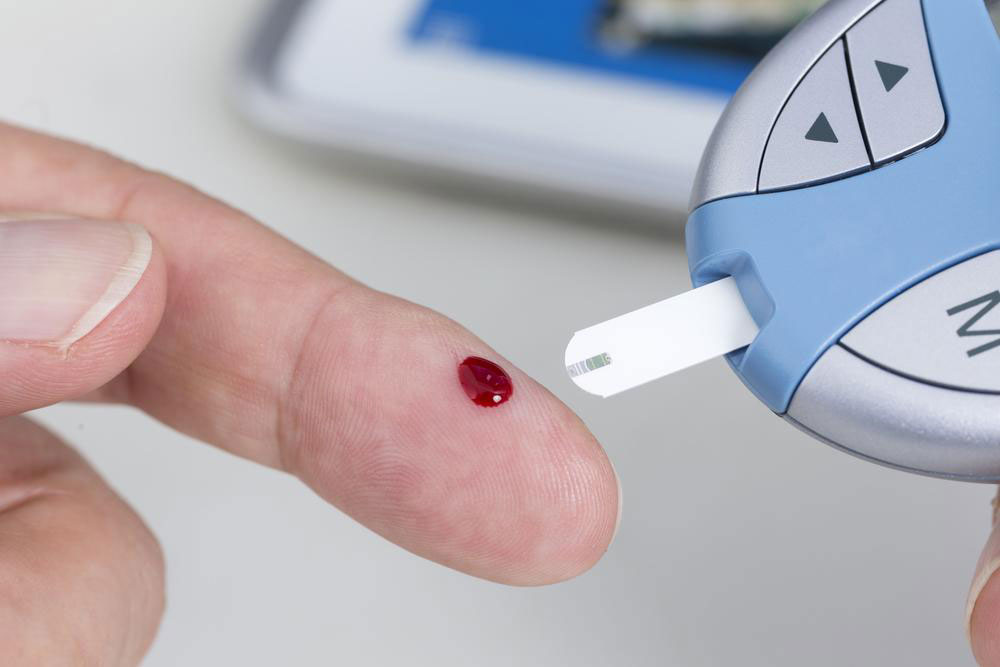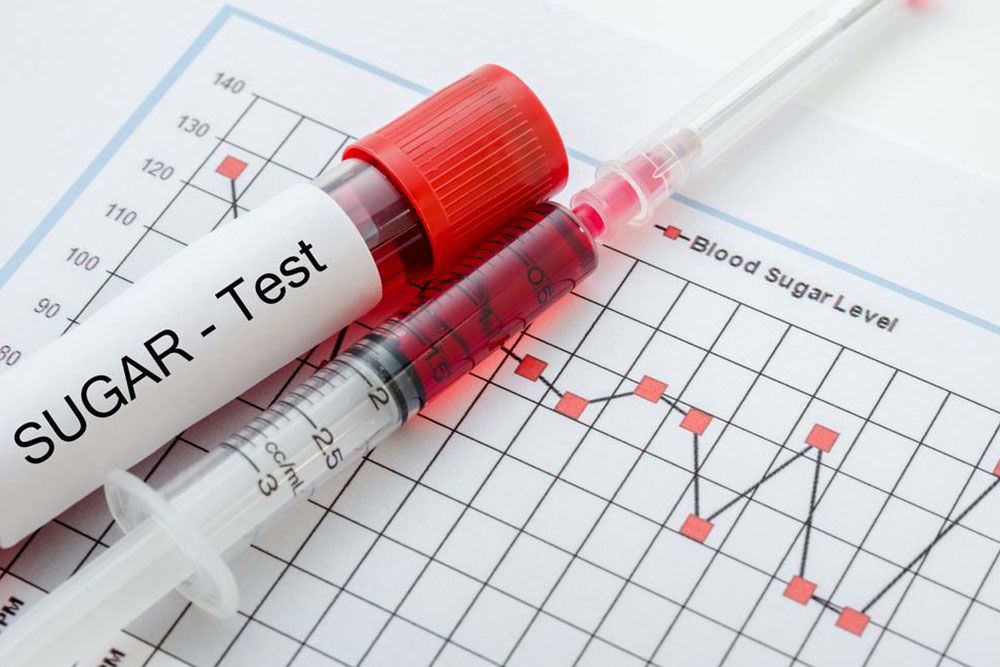Understanding Low Platelet Levels: Causes and Treatment Strategies
Discover the causes of low platelet counts and effective treatment options, including medication adjustments, transfusions, surgery, and natural remedies. Learn how to manage thrombocytopenia safely with professional guidance and dietary support.

Low platelet levels, or thrombocytopenia, vary in severity and require tailored treatment based on the underlying cause. The primary goal is to prevent dangerous bleeding events and associated complications.
Minor cases of low platelets often do not need intervention. However, even with normal platelet counts, severe wounds can still lead to significant bleeding, especially after accidents.
Addressing the root cause—such as medication effects or medical conditions—can effectively resolve thrombocytopenia. If drugs like anticoagulants are responsible, switching medications may help. Treatment options include immune-suppressing therapies if an autoimmune response is involved, platelet or blood transfusions for critical cases, and surgery like splenectomy in resistant cases, especially for immune thrombocytopenia.
In addition to conventional treatments, natural dietary adjustments—such as consuming antioxidant-rich fruits like berries, tomatoes, and plums, or omega-3 fatty acids found in fish and flaxseed—can support immune health and promote higher platelet levels.
Note: Consult healthcare providers for personalized diagnosis and management plans. The information provided is for educational purposes and not a substitute for professional medical advice.










